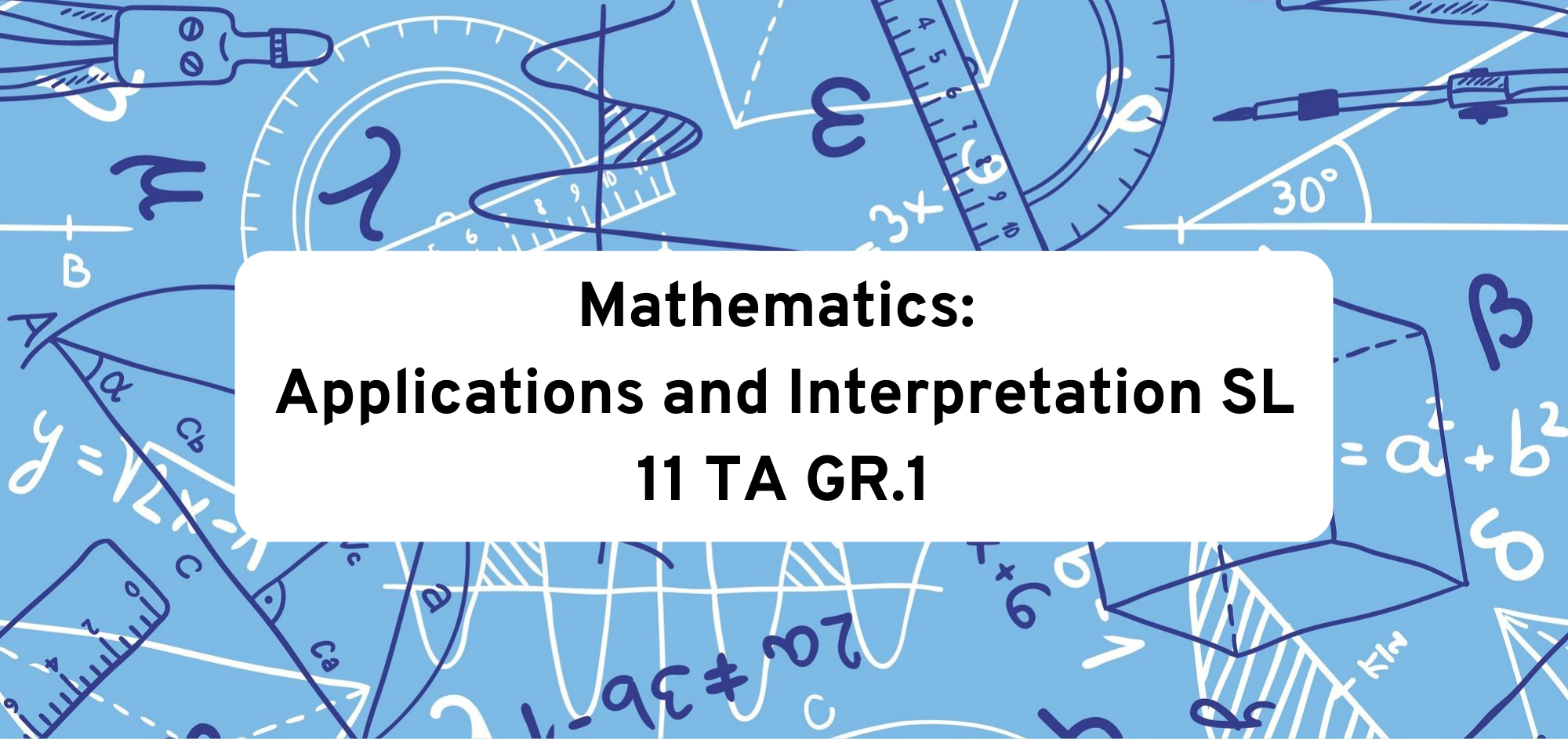Mathematics: Applications and Interpretation
This course recognizes the increasing role that mathematics and technology play in a diverse range of fields in a data-rich world. As such, it emphasizes the meaning of mathematics in context by focusing on topics that are often used as applications or in mathematical modelling. To give this understanding a firm base, this course also includes topics that are traditionally part of a pre-university mathematics course such as calculus and statistics.
The course makes extensive use of technology to allow students to explore and construct mathematical models. Mathematics: applications and interpretation will develop mathematical thinking, often in the context of a practical problem and using technology to justify conjectures.
Aims
The aims of all DP mathematics courses are to enable students to:
- Develop a curiosity and enjoyment of mathematics, and appreciate its elegance and power
- Ddevelop an understanding of the concepts, principles and nature of mathematics
- Communicate mathematics clearly, concisely and confidently in a variety of contexts
- Develop logical and creative thinking, and patience and persistence in problem solving to instil confidence in using mathematics
- Employ and refine their powers of abstraction and generalization
- Take action to apply and transfer skills to alternative situations, to other areas of knowledge and to future developments in their local and global communities
- Appreciate how developments in technology and mathematics influence each other
- Appreciate the moral, social and ethical questions arising from the work of mathematicians and the applications of mathematics
- Appreciate the universality of mathematics and its multicultural, international and historical perspectives
- Appreciate the contribution of mathematics to other disciplines, and as a particular “area of knowledge” in the TOK course
- Develop the ability to reflect critically upon their own work and the work of others
- Independently and collaboratively extend their understanding of mathematics.
SYLLABUS COVERAGE
1 Measuring space: accuracy and 2D geometry.
2. Representing space: non-right angled trigonometry and volumes
3. Representing and describing data: descriptive statistics

- Profesor: Santiago Leon Duque Joven
- Profesor: Mateo Andres Montoya Ocampo